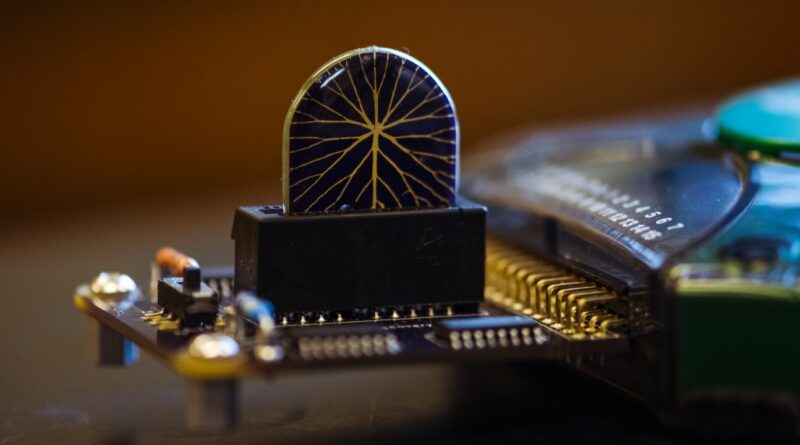Michigan Tech Researchers Create “Smart” Parkinson’s Deep Brain Stimulation Devices 2023
Parkinson’s disease is a neurological ailment that affects millions of people worldwide and is currently incurable. Deep brain stimulation (DBS) is an alternative to pharmaceuticals whose efficacy diminishes as patients acquire drug resistance. Eventually, bigger dosages of medication are required to treat the illness, and with them comes the possibility of severe adverse effects. DBS is a viable option.
Improving Patients’ Deep Brain Stimulation Systems
DBS systems operate as the brain’s pacemaker. They inhibit the motor symptoms of Parkinson’s disease, such as slow or delayed movements (known as bradykinesia), tremors, and rigidity. A battery-powered device in the chest transmits electrical impulses from an electrode implanted in a specific area of the brain.
DBS systems can transform the lives of Parkinson’s disease patients. But, battery life is problematic. Modern technologies employ a surgically implanted implantable pulse generator (IPG) to provide stimulation signals to the brain at a fixed frequency, independent of the patient’s clinical condition. The lifespan of non-rechargeable batteries ranges from two to five years. Replacement of a patient’s battery can be disruptive and necessitates a surgical procedure. In addition, prolonged activation of the IPG may result in undesired side effects.

Employing Spiking Neural Networks for Symptom Detection
Spiking neural networks, or SNNs, are the foundation of Yu and An’s closed-loop DBS. SNNs are an artificial neural network type. SNNs can identify Parkinson’s symptoms and provide electrical stimulation pulses that are optimal.
An stated that the communication signals within SNNs are represented by short electrical spike pulses measured in volts. “In digital systems, high and low voltages represent data. A high voltage level indicates logic one, whereas a low voltage level represents logic zero. Hence, digital systems encode information using binary integers.”
According to An, SNNs may store data in time, such as the gap between spikes. “As a result, SNN systems are far more energy-efficient than other artificial neural networks,” he stated.
The novel closed-loop DBS device developed by the researchers may assess the severity of Parkinson’s symptoms by detecting neural activity at a specified oscillation bandwidth. Movement-regulating regions of the brain create beta oscillations.
“We chose beta oscillatory activity as a biomarker since it can be identified much more quickly than other methods, such as tremor signals,” stated An. “Extraordinarily robust brain activity implies that the Parkinson’s disease symptoms are more severe.”
Intel Loihi, one of the most sophisticated neuromorphic processors available, is used to power SNNs in An’s lab. In conjunction with Intel, the lab is investigating methods to leverage the chip’s ultra-efficient intelligence to aid Parkinson’s disease sufferers.
“We have determined that neuromorphic devices, including Intel Loihi, are 109 times more energy-efficient than other computer platforms,” stated An.
Secondly, a customized DBS chip must be designed.
An and Yu want to create their own memristive neuromorphic semiconductor for closed-loop DBS devices in collaboration.
“Our study on these new, unique computing paradigms, combined with the design of emerging AI chips, will pave the way for a more rapid and extensive creation of intelligent medical devices for brain rehabilitation,” said An. Even wearable medical technologies are now entirely feasible.
For their students at Michigan Tech, the ongoing cooperative research provides the unique learning opportunities that come with working at the forefront of chip design, artificial intelligence, neuromorphic computing, and brain-computer interface.

